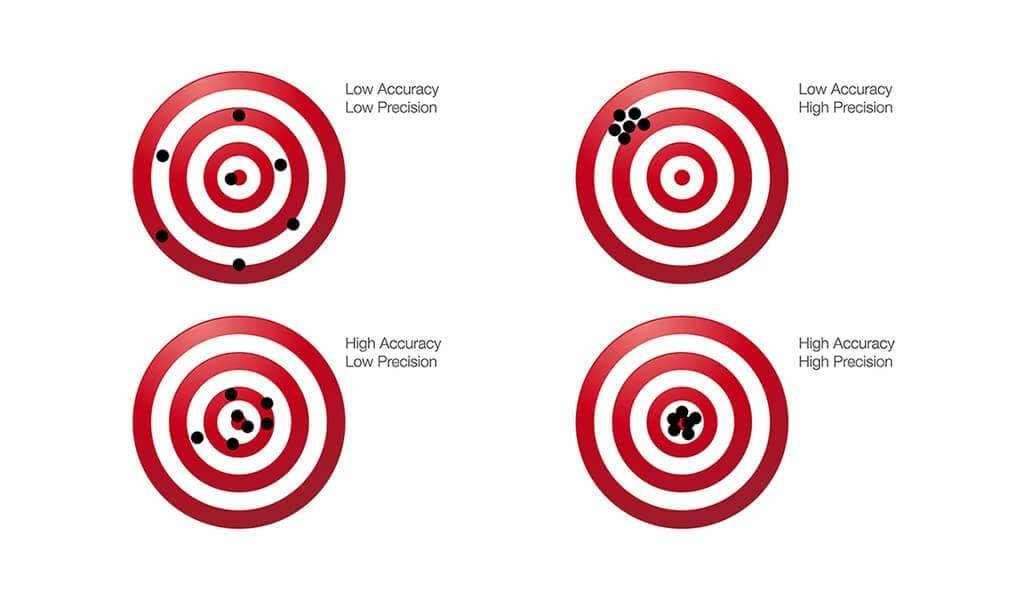Temperature Calibration
AML’s T•X2change™ temperature sensors are constructed of a precision aged thermistor bead, housed in stainless steel capillary tubes. The time response of the sensor is governed by the capillary tube and varies from 100 milliseconds tp 1 second. Every temperature sensor is driven with an alternating potential to eliminate any parasitic thermocouples and amplifier offsets. The temperature signal is AC coupled to an amplifier and synchronously demodulated to a steady state level.
Calibration
AML uses variable temperature baths to take 12 temperature points for each temperature calibration we complete. Smaller instruments – our Micros and our Smarts – are normally calibrated in a freshwater tank; larger instruments like Pluses are calibrated in salt water tanks. We use several Hart temperature standards as our primary and traceable references.


Calibration Equation
AML Oceanographic temperature sensors are calibrated using the following formula:
T = A + B n + C n2 + D n3
Where A, B, C, and D are calibration coefficients, which are determined at the factory, and n is the raw value for the temperature as measured by the instrument.
What is the difference between precision and accuracy?
Many vendors of oceanographic instrumentation refer to accuracy and precision interchangeably. They are not interchangeable. In effect, accuracy refers to how well a sensor performs against a known third party standard. For example, a temperature sensor may be +/- 0.001 C, as compared to a Black Stack themistor module. Precision refers to the repeatability of the readings of a given sensor. A sensor is precise when it repeatedly provides the same reading, regardless of how accurate that reading is.


A good analogy is a dart board. The thrower of darts is accurate when he or she is able to reach the target, the bulls-eye. He or she is precise if, having thrown three darts, all three land in the same location, irrespective of whether or not that location is the bulls-eye.











